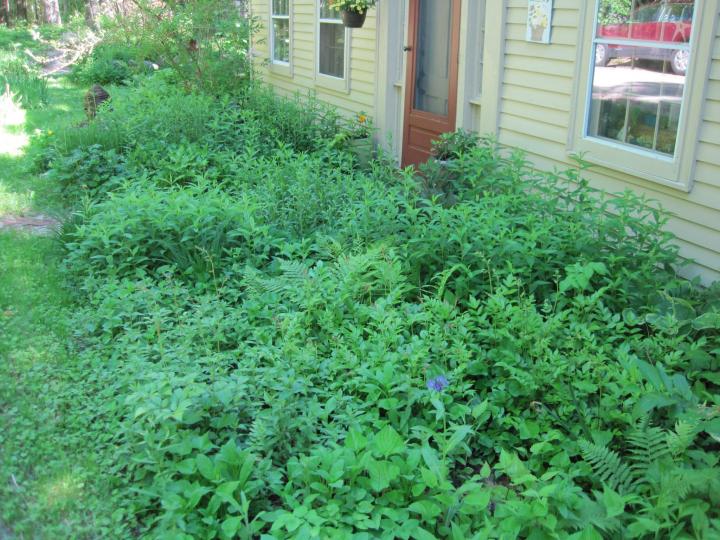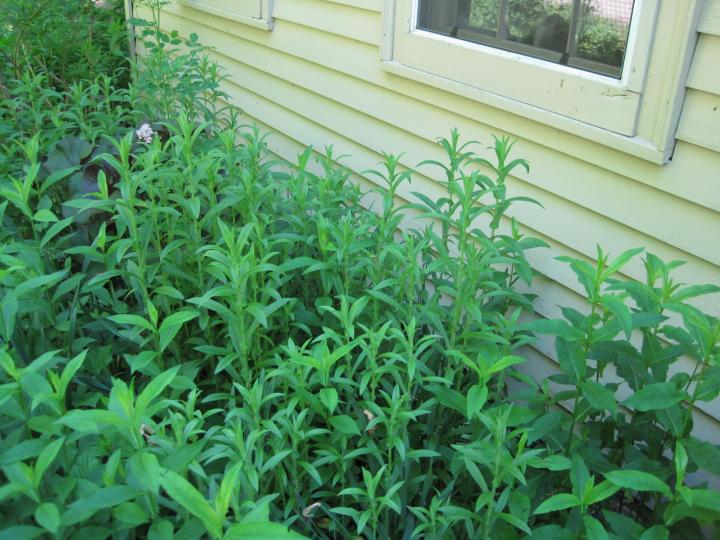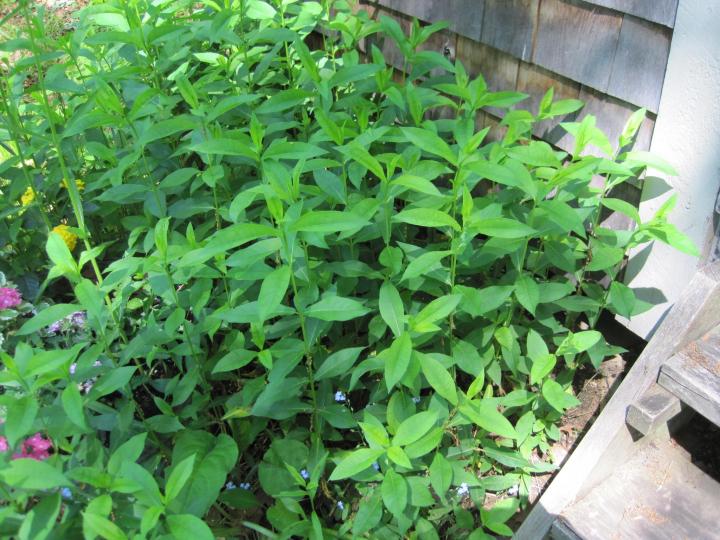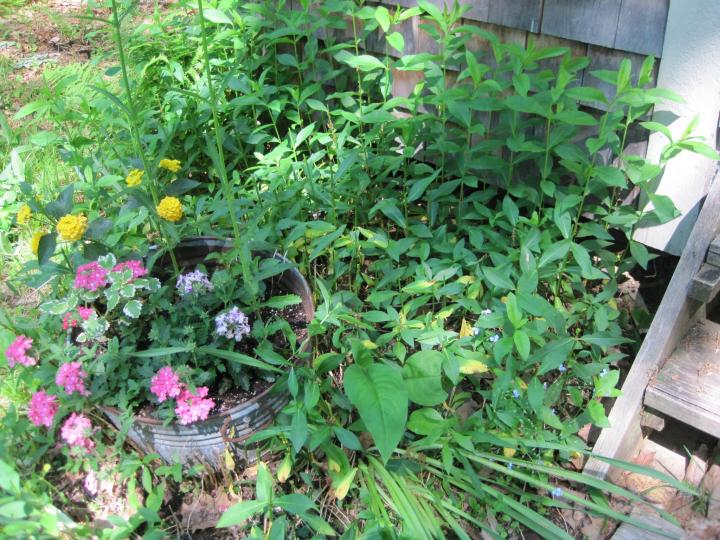
Prune Perennials in Early Summer to Extend Flowering!
ADVERTISEMENT
Should we do the "chop" on our leggy Dalias?
The best time to chop your dahlias to keep them from becoming too leggy is in late May or early June when they are 12-18 inches tall and have at least 2 sets of true leaves. Cut off half to a third of the height just above a leaf joint to encourage side branches. If you are doing it later, choose stems that aren’t flowering or only have a few buds so you don’t lose too many future flowers. Depending on your location you only have until the end of summer for the plants to rebound which is why timing is critical. If frost is not an issue in your zone go ahead and give them a haircut.
Is it also a good time to cut coneflower? Will they rebloom after a cut?
Hi Carol,
Sorry I did not see your question earlier when it would have been better to clip them back. Since it is getting close to their flowering time, you may want to wait and chop them next year in late May or June, but definitely before July 4th. It will encourage branching and give you more flowers. You can try cutting a few stems now just to see if they have enough time in your area to rebound with new growth and flower before cold weather sets in.
Would the Chelsea chop work on cup plants? I’m trying to find a way to keep them under 8’ tall, 😂
I have a New York Aster (which I believe is different from the New England Aster), that I planted last year. It is already blooming here in SW Ohio. Should I chop it as well? If so, should I wait until after all the buds have opened or do it now?
Can I cut the tops off my phlox before they have even flowered and they will still flower later?
Some of the earlier blooms on my newly set out hydrangea are turning brown. Should I cut those off and would that produce more blooms?
Where do you cut at to chop them back? Any certain way to do it?















